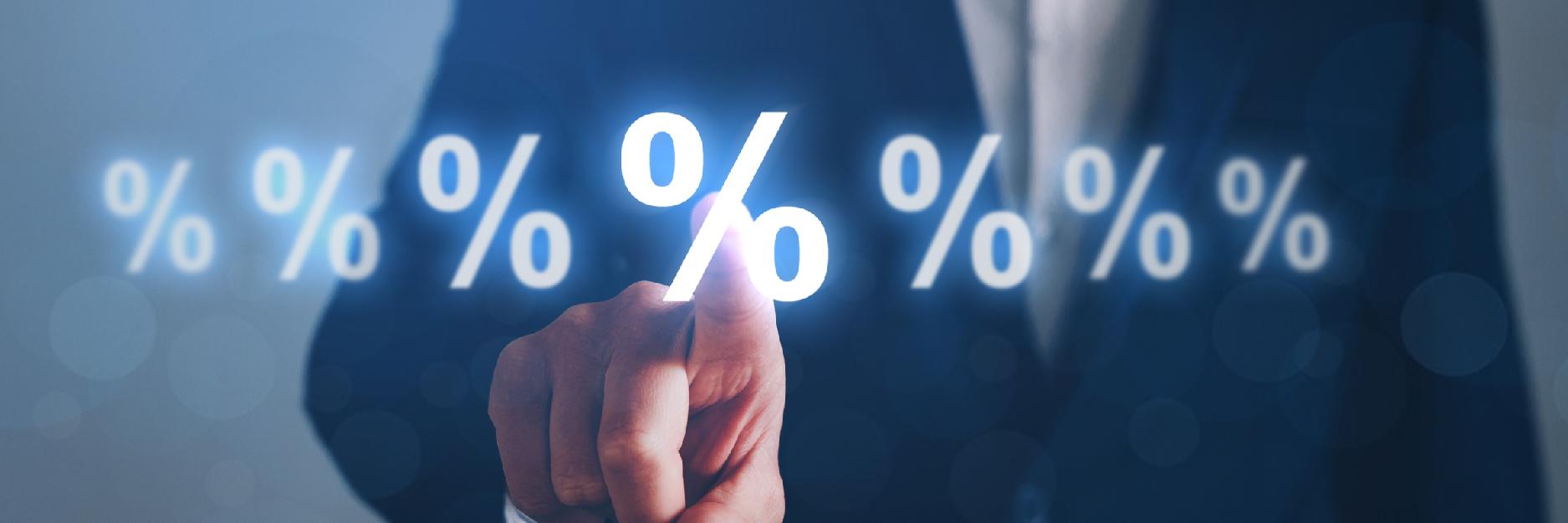Australia’s peculiar position with interest rates and inflation

While central banks across the globe have been increasing interest rates for the past twelve months and Australia has followed suit, how these impact the Australian economy is peculiar. The intent from the RBA is similar to other central banks. That is, to (1) reduce spending by increasing the ‘price’ of debt, and (2) encourage saving by increasing the returns on savings account. There are obviously many other ways that inflation is reduced – however, these are generally the two drivers that are broadly agreed upon.
In Australia – the composition of our mortgage-book means that these interest rate changes are felt at varying degrees. With many borrowers refinancing in 2020-21 to capture the benefit of historically low interest rates, their fixed term mortgages have / or expected to expire by the end of 2023. This means that those on variable interest rates feel the immediate impacts of the monthly fluctuations in the interest rate – however, those still on fixed terms will see a considerable jump all at once.
This impacts first-home buyers and those with low-equity the most – these cohorts will likely feel a dramatic pinch in their day-to-day expenditure. Those with their homes paid off are unlikely to feel any direct impact of the rate rises – bar potential decreases to the performance of their super / stock portfolio, and general economic malaise.
This group of Australians are unlikely to stop spending in the face of increased prices and as a while proportional in terms of population size, they are a large cohort in terms of wealth distribution. Therefore, this group is a significant driver to higher prices on certain goods.
The wage element of inflation is often covered by news outlets, but increases to the cost of servicing corporate / business debt is usually ignored. This has a major impact to the cost and required return of capital, and effectively forces businesses to deliver a higher return on borrowed assets.
For instance, in a zero interest rate environment – the required return on capital to ‘break-even’ is any number greater than zero. It’s a very low bar. This clearly changes when fully-loaded costs are involved, but on the borrowed capital itself – it is relatively easy to service a loan. Where the cash rate reaches 5%, the required return on capital significantly increases. Meanwhile, its highly unlikely that the productivity of that asset increases in tandem.
While this has a broader positive economic effect on incentivising productivity across asset allocation, the short to medium-term impact or the ‘human’ impact of these changes can be severe. Many businesses struggle to service debts at these levels and ultimately topple over. This gives the necessary ‘slack’ in the rope – that being unemployment – for inflation to begin to decrease, but comes at a significant cost.
While Australia covers the ‘mortgage repayment’ element of interest rate rises to the nth degree, the instability across small to medium businesses as a result of rate rises is rarely covered. While the ‘pain’ of interest rate rises are felt a bit more uniformly in other economies that generally deploy fixed rate mortgages – there are some Australians who severely feel the pinch of rates and others that will barely notice. This article isn’t an indictment of either group – but rather, looks to put some colour and balanced coverage to the situation.
